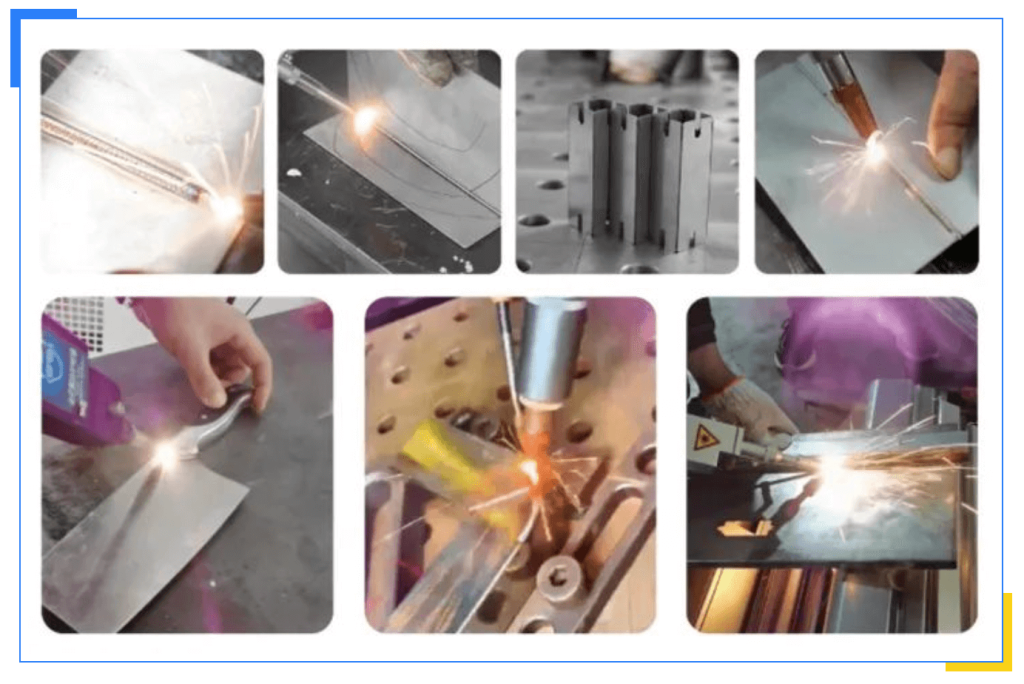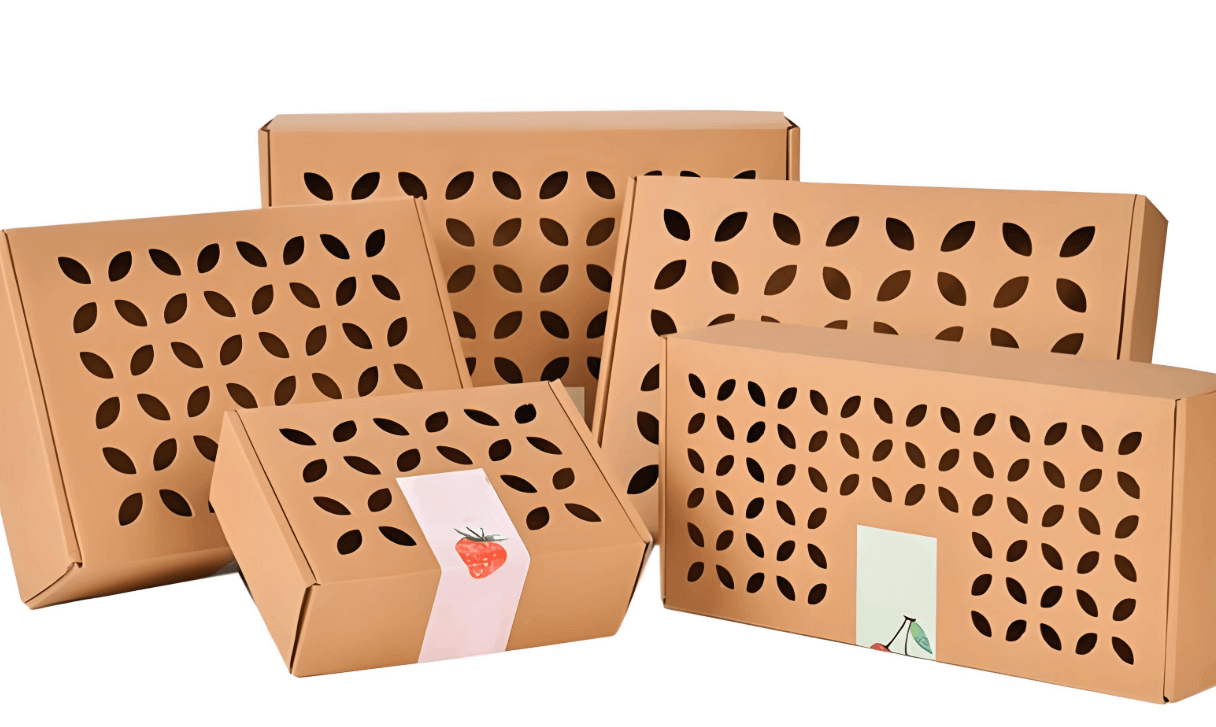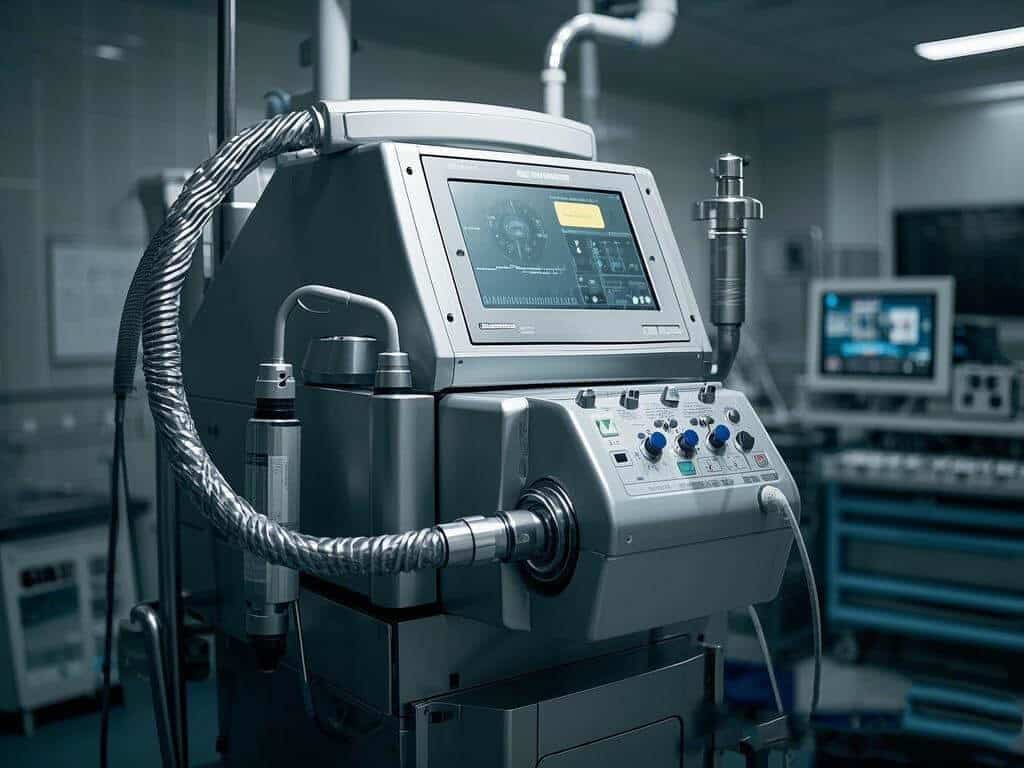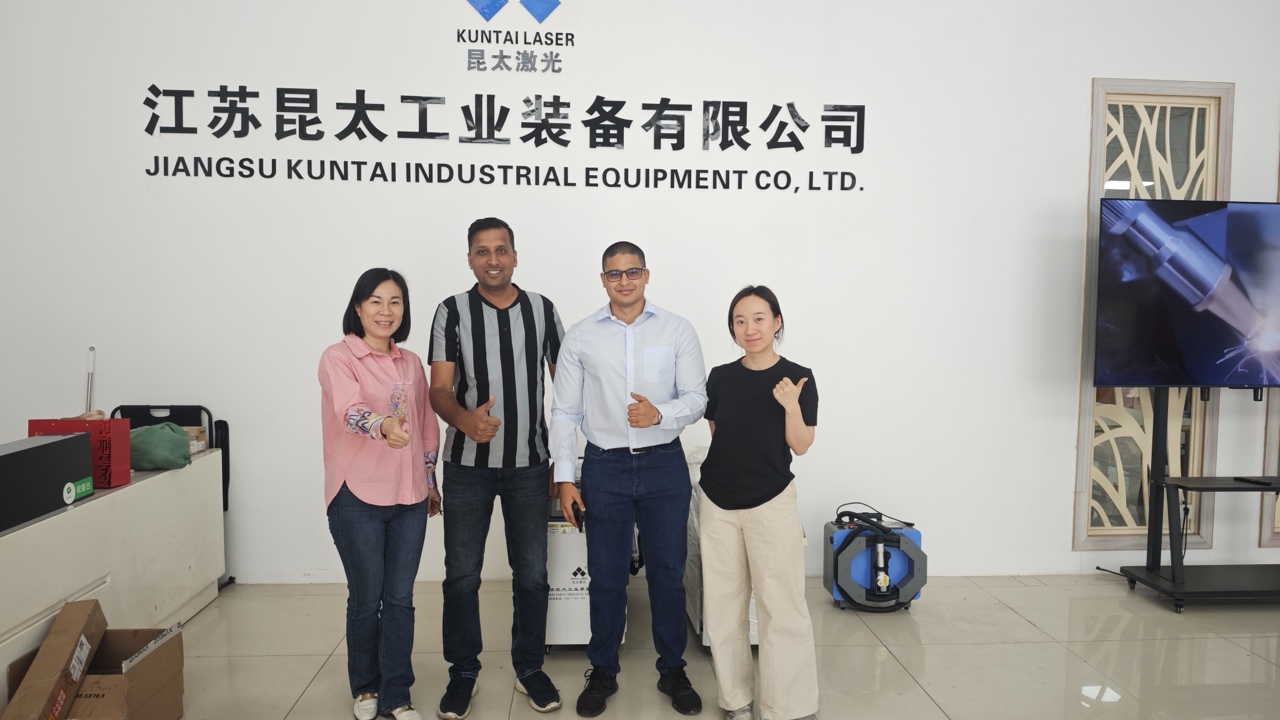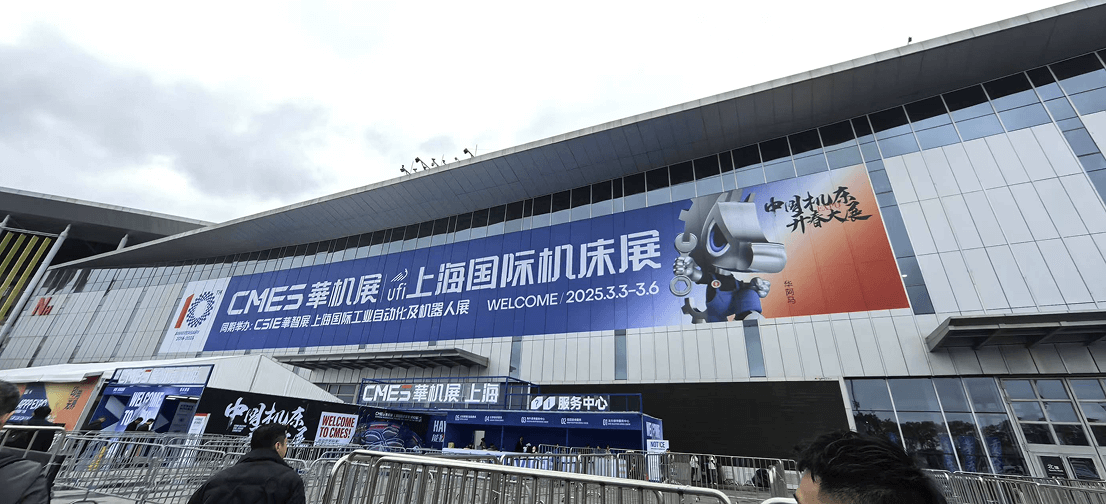In modern manufacturing, welding technology is an indispensable process for joining metal components. With technological advancements, welding methods have continuously evolved—from traditional Tungsten Inert Gas (TIG) welding to today’s advanced laser welding. Each technique has its unique strengths. Today, we’ll take an in-depth look at the differences between these two welding methods, highlight the technical advantages of laser welding over TIG welding, and introduce the exceptional capabilities of Kuntai Laser Welding Machines.

Technical Principles & Core Differences
TIG Welding vs. Laser Welding
Energy Transfer Mechanism
- TIG Welding: Relies on high-temperature arcs (~3800°C) to melt metal, with argon gas shielding the molten pool from oxidation. However, its heat distribution is relatively broad, with a heat-affected zone (HAZ) of 5-8 mm, leading to material distortion and residual stress.
- Soldagem a laser: Uses a focused laser beam (spot size as small as 0.2 mm) for precise heating, achieving an energy density of up to 10⁶ W/cm². The HAZ is only 0.1–0.5 mm, significantly reducing thermal deformation—making it ideal for thin sheets (e.g., 0.5 mm stainless steel) and high-precision components.
Compatibilidade de materiais
- TIG Welding: Can weld nearly all metals, including oxidation-prone materials like aluminum and magnesium, but struggles with high-quality dissimilar metal joining.
- Soldagem a laser: Supports dissimilar metals (e.g., aluminum-copper) and even non-metals (e.g., plastics). With waveform modulation technology, it achieves ±0.05 mm depth control, meeting stringent demands in medical devices, consumer electronics, and other precision industries.
Kuntai Laser’s Laser Welding Application on metal stand

Why Laser Welding is Better Than Traditional Welding
- Less Heat Damage
- Heats and cools super fast, reducing warping and keeping materials strong.
- Extreme Precision
- Laser beam is ultra-focused (as small as a needle point), perfect for tiny, detailed welds.
- Faster Speed
- No slow melting—laser welds almost instantly, speeding up production.
- Works with Robots
- Easy to automate, making it great for mass production with perfect consistency.
- Welds Almost Anything
- Joins different metals (like aluminum + copper), plastics, and even ceramics.
- Stronger, Cleaner Welds
- Fewer cracks, bubbles, or weak spots compared to traditional welding.
